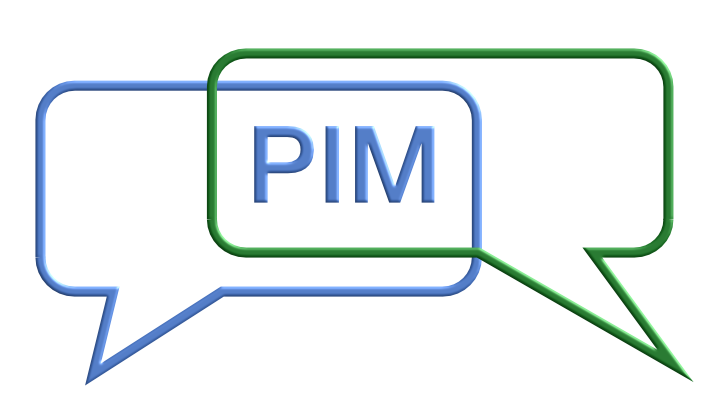Peer-Interaction-Methode (PIM)

| Led by: | Prof. Dr. Sascha Schanze |
| E-Mail: | hundertmark@idn.uni-hannover.de |
| Team: | Julian Heeg, Dr. Sarah Hundertmark |
| Year: | 2016 |
| Is Finished: | yes |
The two-step collaborative peer-interaction-method enables teachers to capture the individual ideas of their students in the classroom. At the same time, it offers learners the opportunity to activate their own ideas, to bring them into a process of communication with their peers and to develop conceptual understanding.
The implementation of the method is guided by specially developed worksheets. Each of these focuses on a specific chemical phenomenon and follows a predefined structure, which includes an introductory information text, tasks with closed or open answer-format and drawing tasks. The learners first work on the worksheets individually and then agree on a joint solution in a subsequent negotiation process in group work.
So far, the Hanover working group has developed and tested peer interaction worksheets on various topics from grade 7 to 12. These include, for example, aspects of the particle model, the chemical reaction and chemical equilibrium.
The focus of the project is to develop and test further peer interaction worksheets on topics not yet covered.
Publications
Heeg, J., Hundertmark, S., & Schanze, S. (2020). The interplay between individual reflection and collaborative learning: seven essential features for designing fruitful classroom practices that develop students’ individual conceptions. Chemistry Education Research and Practice, 21(3), 765-788. doi.org/10.1039/C9RP00175A
Schanze, S. & Busse, M. (2015): Peer-Interaction. Förderung des Konzeptverständnisses durch ein kollaboratives Aufgabenformat. NiU-Chemie, Heft 149, S. 26-34
How can the different acidity of a hydrogen chloride solution and an acetic acid solution be represented at the particle level? The practical contribution shows how the substance-particle concept can be diagnosed and promoted by means of a collaborative task format. Two examples of tasks from the subject areas "Acids and Bases" and "Combustion Reaction" are presented and the structure of the tasks, which consist of at least three parts, is explained.


